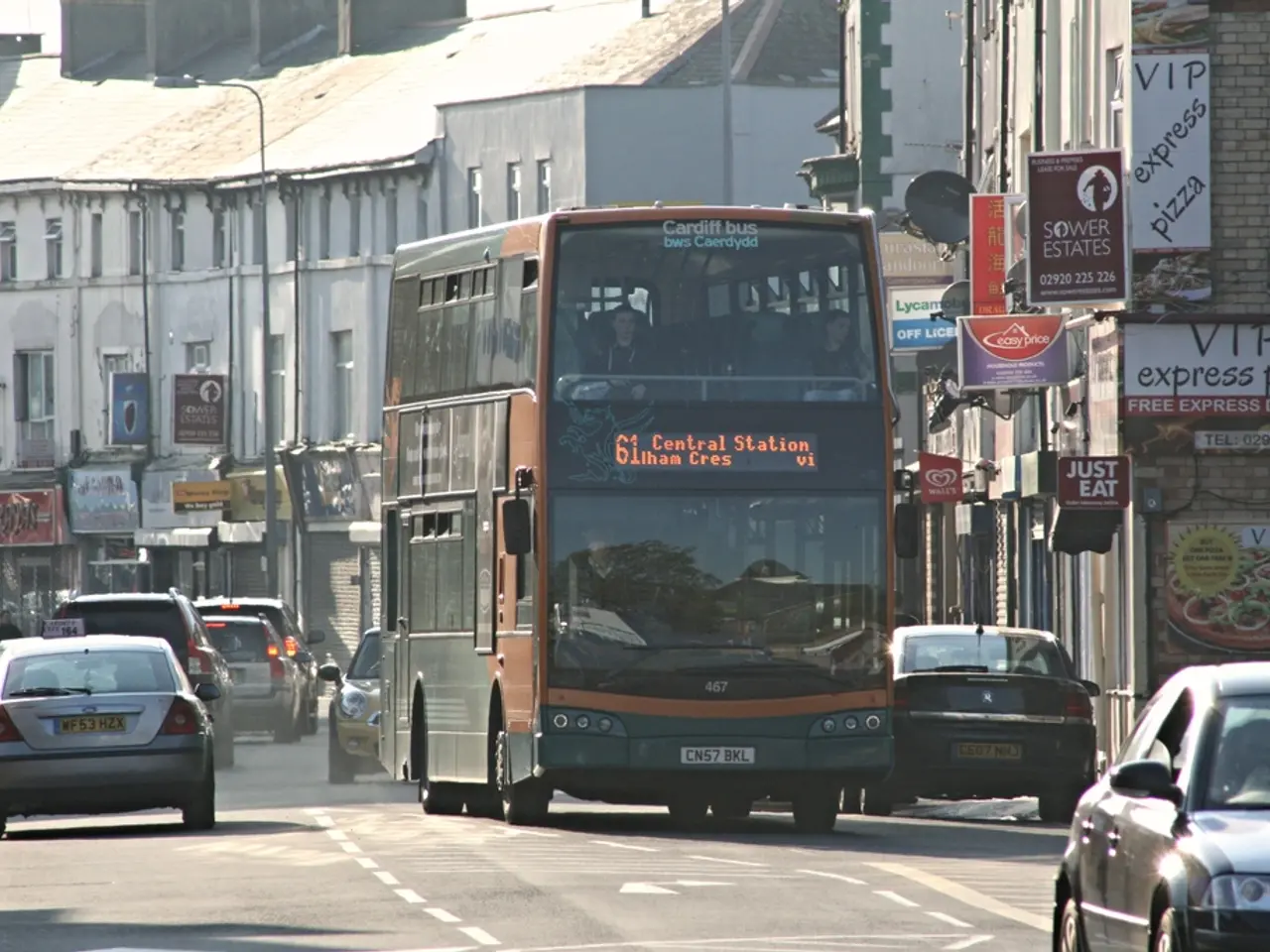Urban Permaculture Zoning: A Blueprint for City Planning
Urban Permaculture: Transforming Cities for a Greener Future
Urban agriculture is undergoing a significant transformation, with trends like container gardening, community land trusts, and forest gardening leading the way. This shift towards greener cityscapes is not only changing the way we grow food, but also how we live and interact with our environment.
In California, laws such as AB 1866 are making it easier to get permits for additional homes, helping to address housing shortages and support sustainable development. This move towards community-based gardening is a step towards creating cities that live in harmony with nature.
But how can we measure the success of urban permaculture projects? By looking at indicators such as the amount of green space, the number of people involved, and the drop in carbon emissions, we can make informed decisions about the future of urban permaculture.
Understanding zoning laws is crucial for creating designs that work in urban permaculture. By adapting zoning to space and usage intensity, cities can encourage more green city zoning and urban permaculture design. This approach helps make cities more sustainable and livable.
One of the main challenges in urban permaculture is the lack of space. However, creative designs and vertical gardens can help overcome this obstacle. For instance, container gardening is ideal for urban areas with limited space, while forest gardening uses trees and perennials to fill tight spaces effectively.
Navigating permitting processes is another big deal in urban zoning. Cities are starting to change their rules to help sustainable projects thrive. Software for urban planning can also help design and manage urban spaces more effectively.
Successful urban permaculture projects include urban farms, community gardens, and public spaces. These initiatives not only make cities more sustainable and livable, but they also bring communities together and teach them about sustainability.
To gauge the success of urban permaculture, we need clear goals like the amount of green space, the number of people involved, and the drop in carbon emissions. Urban permaculture design is growing, and green city zoning and planning are key.
To keep learning about permaculture, look for design guides, talk to local experts, and join workshops and events. Networking with permaculture experts provides opportunities to learn from others and share knowledge and experiences.
In summary, urban permaculture zoning should prioritize proximity of high-maintenance, high-yield plants to living areas, use edges and diverse plant guilds to enhance ecosystem services, and be flexible to small, incremental changes while respecting the unique urban landscape and city climate. Effective practice involves careful observation, integration of animals and plants, and adaptation to the spatial and social characteristics of the specific city.
As cities grow, with over 50% of people living in them, we need sustainable planning more than ever. By using permaculture, cities can use resources better, harm the environment less, and improve life for everyone. Let's work together to make cities better places to live for everyone.
References:
[1] Taggart, S. (2013). Urban Permaculture: The Greening of Cities. New Society Publishers.
[2] Kunz, M. (2017). Urban Permaculture: Designing for Sustainability and Resilience. Timber Press.
[3] Hart, B. (2015). Urban Permaculture: The Greening of Cities. Chelsea Green Publishing.
[4] Hemenway, T. (2010). Gaia's Garden: A Guide to Home-Scale Permaculture. Chelsea Green Publishing.
[5] Holmgren, D. (2002). Permaculture: Principles and Pathways Beyond Sustainability. Tagari Publications.
- The integration of native plants and regenerative practices in urban gardening, following design principles, is a promising step towards sustainability and biodiversity in city landscapes, as outlined in Urban Permaculture: Transforming Cities for a Greener Future.
- In the realm of environmental-science and fashion-and-beauty, there's a growing movement towards adopting sustainable lifestyle choices, which can be applied to home-and-garden spaces by cultivating urban gardens filled with native plants.
- The environmental benefits of urban permaculture go beyond food production, as these projects contribute to carbon sequestration and reduced carbon emissions, fostering a more regenerative city.
- At the intersection of science, design, and community, urban permaculture is shaping the future of city planning, allowing us to live harmoniously with nature while creating more livable urban zones.
- By implementing the principles of permaculture in city planning and zoning, we can design cities that foster green spaces, biodiversity, and a strong sense of community, as advocated by experts in urban permaculture, such as Taggart, Kunz, Hart, Hemenway, and Holmgren.
- Embracing the urban permaculture lifestyle means not only growing food in our homes but also actively participating in our community, learning from fellow permaculture enthusiasts, and promoting a greener, more sustainable cityscape for future generations.




